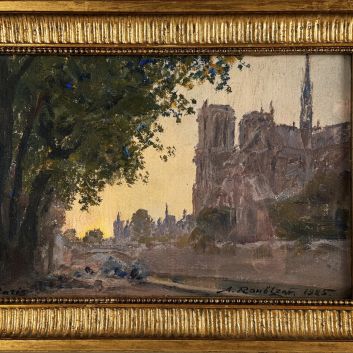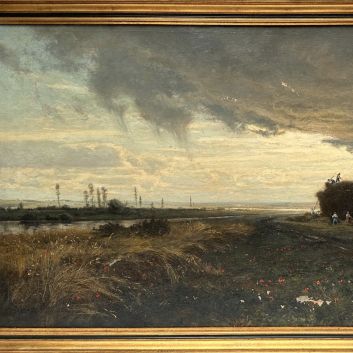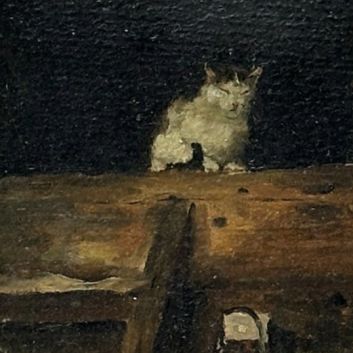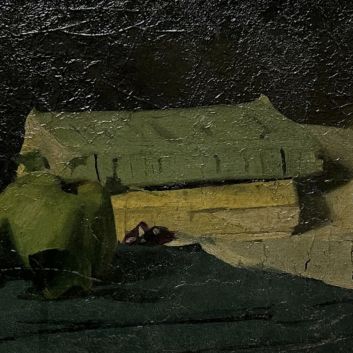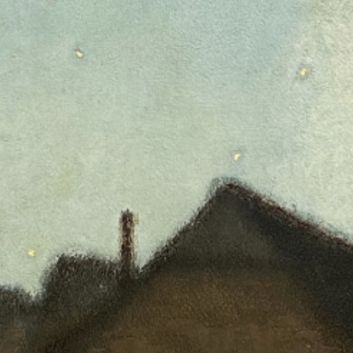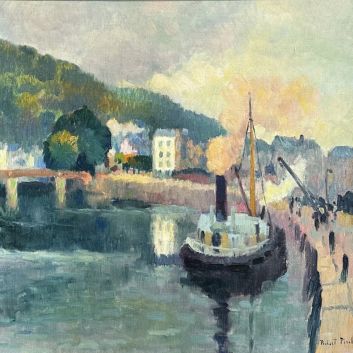Rating and value of paintings by Ernfried Wahlqvist

If you own a work by Enfried Wahlqvist and would like to know its value, our state-approved experts and auctioneers will be happy to offer you their expert appraisal services.
Our specialists will carry out a free appraisal of your work, and provide you with a precise estimate of its current market value.
Then, if you want to sell your work, we'll point you in the right direction to get the best possible price for it.
Rating and value of Ernfried Wahlqvist's works
Ernfried Wahlqvist's works are very popular at auction. They are collected by bidders of all nationalities. Nowadays, prices for these paintings can rise considerably under the auctioneer's hammer.
Oils on canvas are particularly prized, by buyers from all over the world. The price at which they sell on the art market ranges from €140 to €9,670 at the moment, a substantial difference but one that says a lot about the value that can be attributed to these works.
In 1999, his oil on canvas Panorama de Stockholm, dating from 1881, sold for €9,760, whereas it was estimated at €3,900-4,400. The artist's works have great potential for appreciation.
Order of value from a simple work to the most prestigious
Table type | Results |
|---|---|
Marine painting | From €220 to €8,620 |
Landscape painting | From €140 to €9,670 |
Response in less than 24h
Artist Ernfreid Wahlqvist's style and technique
Ernfried Wahlqvist's creations are imbued with impressionism and realism. His work closely resembles that of certain Russian realists and impressionists.
He draws his inspiration from a wide range of references, and mainly depicts landscape scenes and marine paintings. He has produced a few drawings, but most of his works are oil on canvas, the only medium almost exclusively found on the auction market.
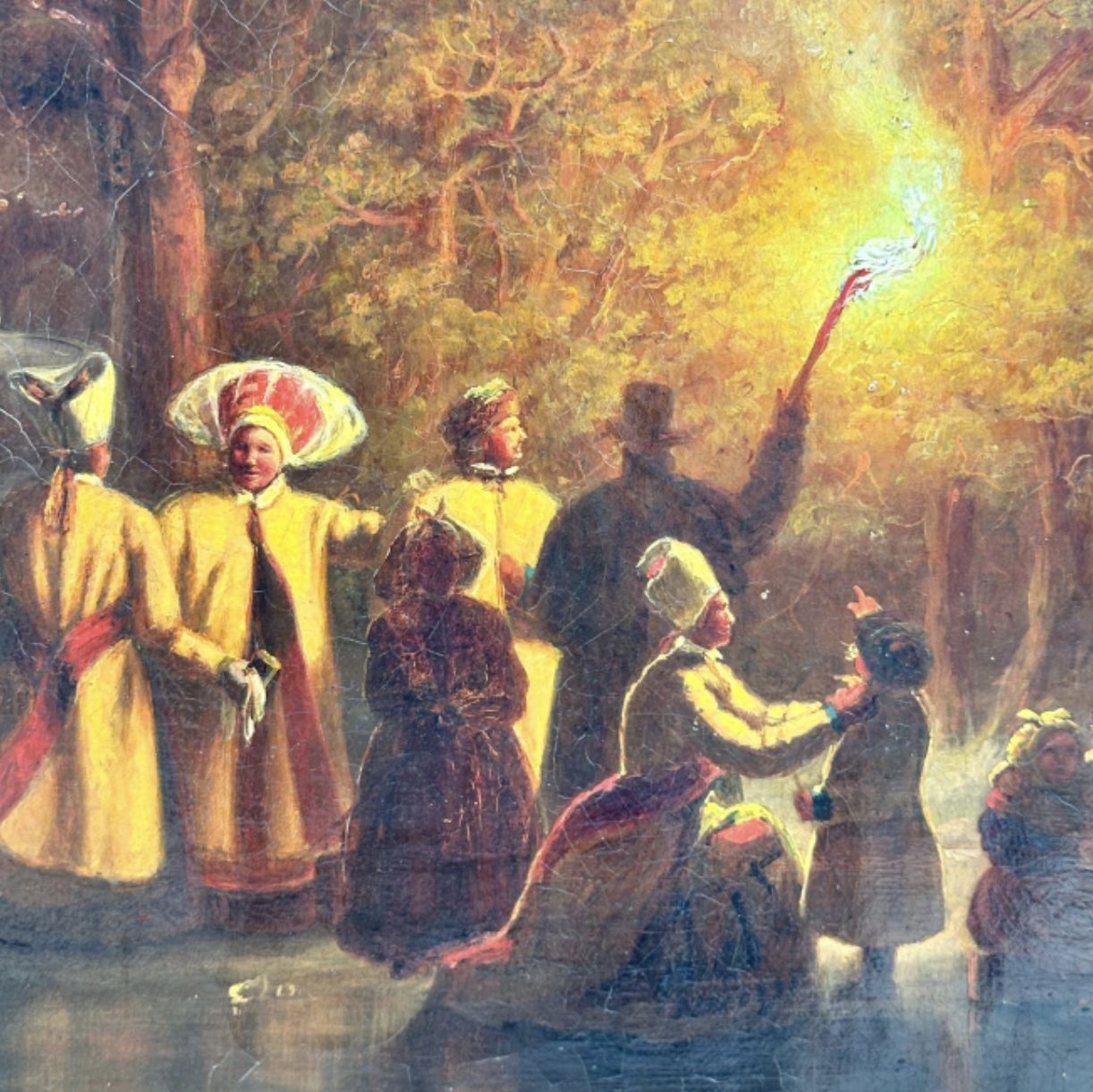
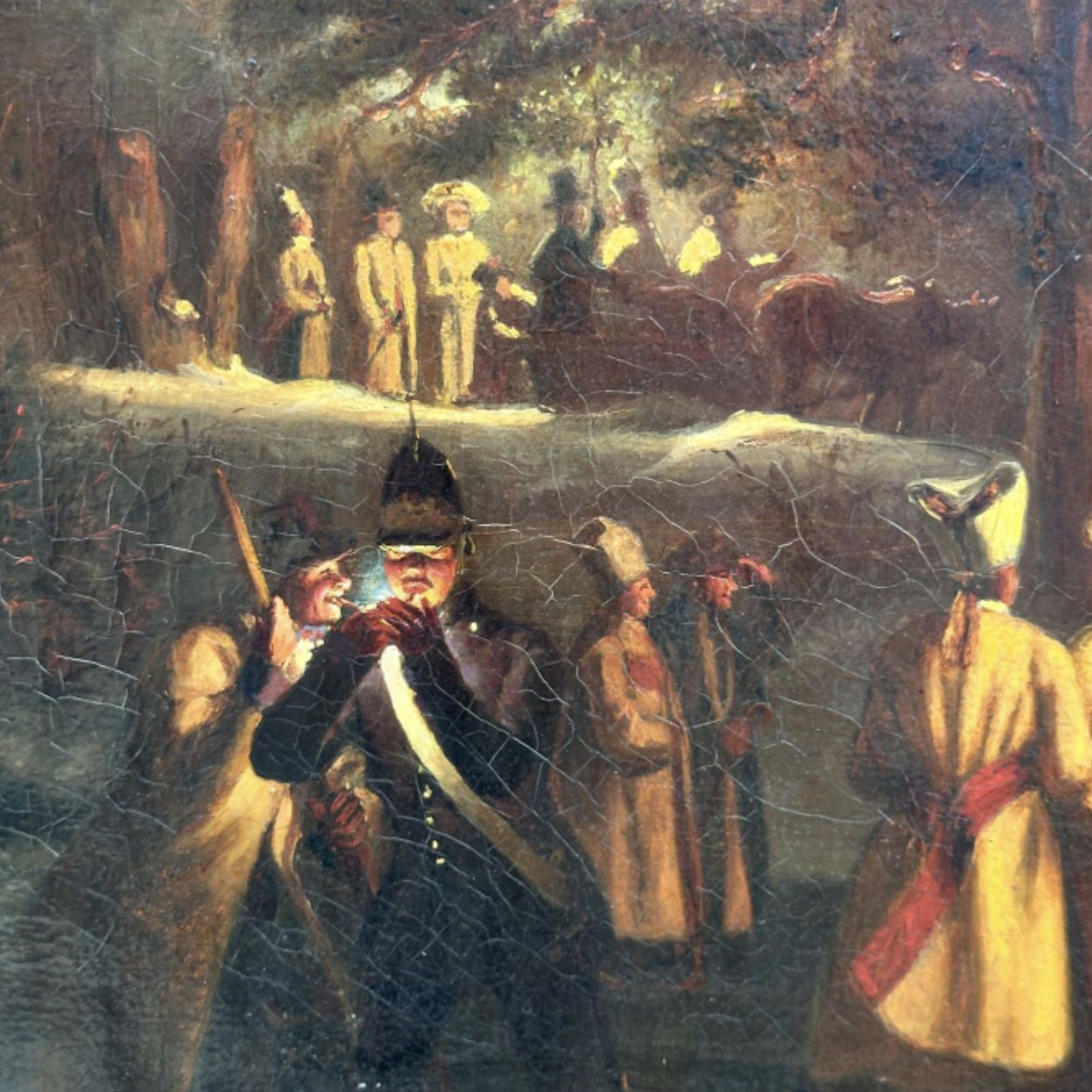
Ernfried Wahlqvist, 19th-century Swedish realist
Ernfried Wahlqvist (1840 - 1918) was a Swedish realist painter, renowned for his ability to capture with remarkable fidelity the details of everyday life and the subtle beauty of Nordic landscapes.
Born into a middle-class family in Stockholm, he grew up surrounded by the rich landscapes of the Swedish countryside, which had a profound influence on his work.
From an early age, he showed remarkable artistic sensitivity, which led him to enter the Royal Swedish Academy of Fine Arts.
There, he received rigorous training under the tutelage of Carl Johan Fahlcrantz, and was influenced by Scandinavian naturalism, which advocated the faithful representation of nature in all its truth.
Wahlqvist continued his apprenticeship in Düsseldorf, at the time a major artistic center in Europe, where he came into contact with the great figures of European realism.
There he perfected his technique, devoting himself to a meticulous search for detail and a scrupulous representation of lighting effects, which were to become central features of his work.
His early works, largely influenced by his love of Swedish landscapes, are imbued with a gentle melancholy.
His canvases capture the misty forests, sparkling rivers and vast coastal expanses of Scandinavia, translating the stark beauty of the north with almost photographic precision.
Wahlqvist's realism doesn't stop at landscapes, however. He was also an accomplished portraitist, carefully immortalizing the Swedish bourgeoisie of the late 19th century.
His portraits reveal great technical mastery and a keen sense of psychology, with every look and expression rendered with remarkable depth.
In addition to the official and private commissions that make up a significant part of his oeuvre, Wahlqvist finds in still life a space for artistic experimentation. His floral compositions, created with meticulous attention to detail, are a vibrant tribute to nature's most ephemeral elements.
Flowers, often the focus of his still lifes, are painted with a precision that reveals their fragility while capturing their radiance and delicacy. These works, imbued with realism but also poetry, bear witness to a unique sensitivity to the simple beauty of things.
Despite the recognition his art has won him in Sweden and abroad, Wahlqvist remains a discreet man, deeply attached to his native land.
He often prefers solitary retreats to his summer house near the Baltic Sea, where he can observe the infinite variations of light on water, a subject he never tires of painting.
Even today, his works remain precious testimonies to his attentive view of the world, a view which, through the rigor of realism, managed to capture the very soul of nature and mankind.
Context: Swedish painting in the 19th century
Swedish painting in the 19th century took place against a backdrop of profound social and artistic change.
This was a time when Sweden, while still rooted in its rural traditions, was beginning to open up to European influences, thanks in particular to artistic exchanges with Paris, Düsseldorf and Munich, all key centers of the arts.
Swedish artists, trained in local academies such as Stockholm's, gradually emancipated themselves from rigid classicism and turned to more modern currents, in tune with the continent's aesthetic upheavals.
Scandinavian naturalism, which advocated a sincere and faithful representation of nature, emerged as a response to the Romantic idealism that had marked the first half of the century.
Painters like Marcus Larsson and August Malmström seek to capture the raw majesty of Nordic landscapes, with their vast forests, sparkling lakes and changing skies.
The obsession with detail and the search for lighting effects characterize these works, in which man, often reduced to an isolated silhouette, seems minuscule in the face of the grandeur of nature.
At the same time, the burgeoning Swedish bourgeoisie commissioned numerous portraits, encouraging the development of a portraitist tradition in which artists like Anders Zorn excelled.
Portraiture becomes a way of celebrating social ascension, while showing a deep interest in the psychology of the models, captured in their most intimate individuality.
It was also during this century that Swedish artists began to take an interest in scenes of everyday life.
Painters like Carl Larsson, for example, stand out for their depictions of Swedish interiors, bathed in a luminous atmosphere, where everyday life is sublimated by an almost intimate sensibility.
Nineteenth-century Swedish painting was thus marked by a dual dynamic: on the one hand, a quest for poetic realism in the depiction of nature and simple life, and on the other, an openness to European influences that considerably enriched and diversified the palette of Swedish artists of the period.
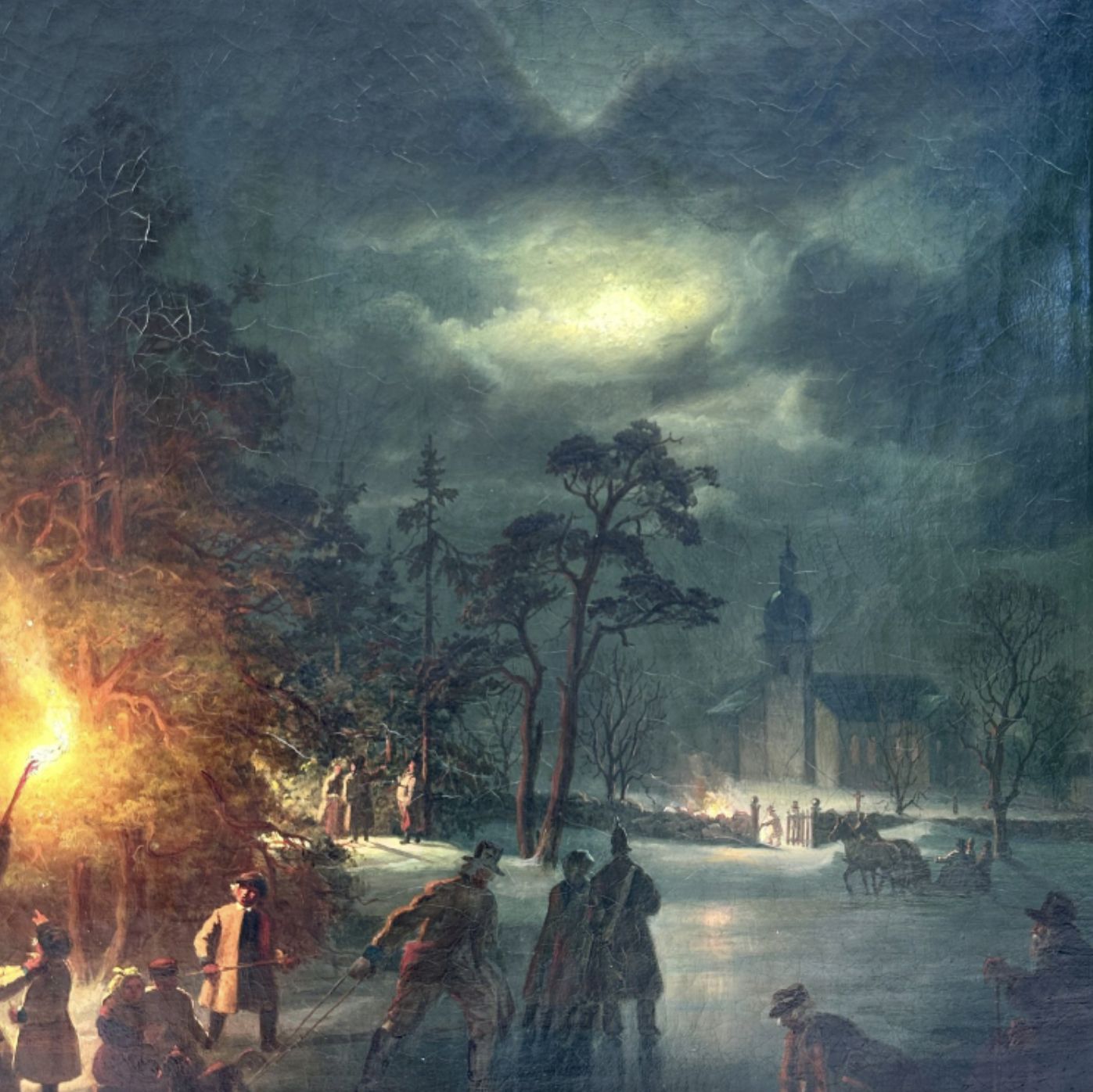
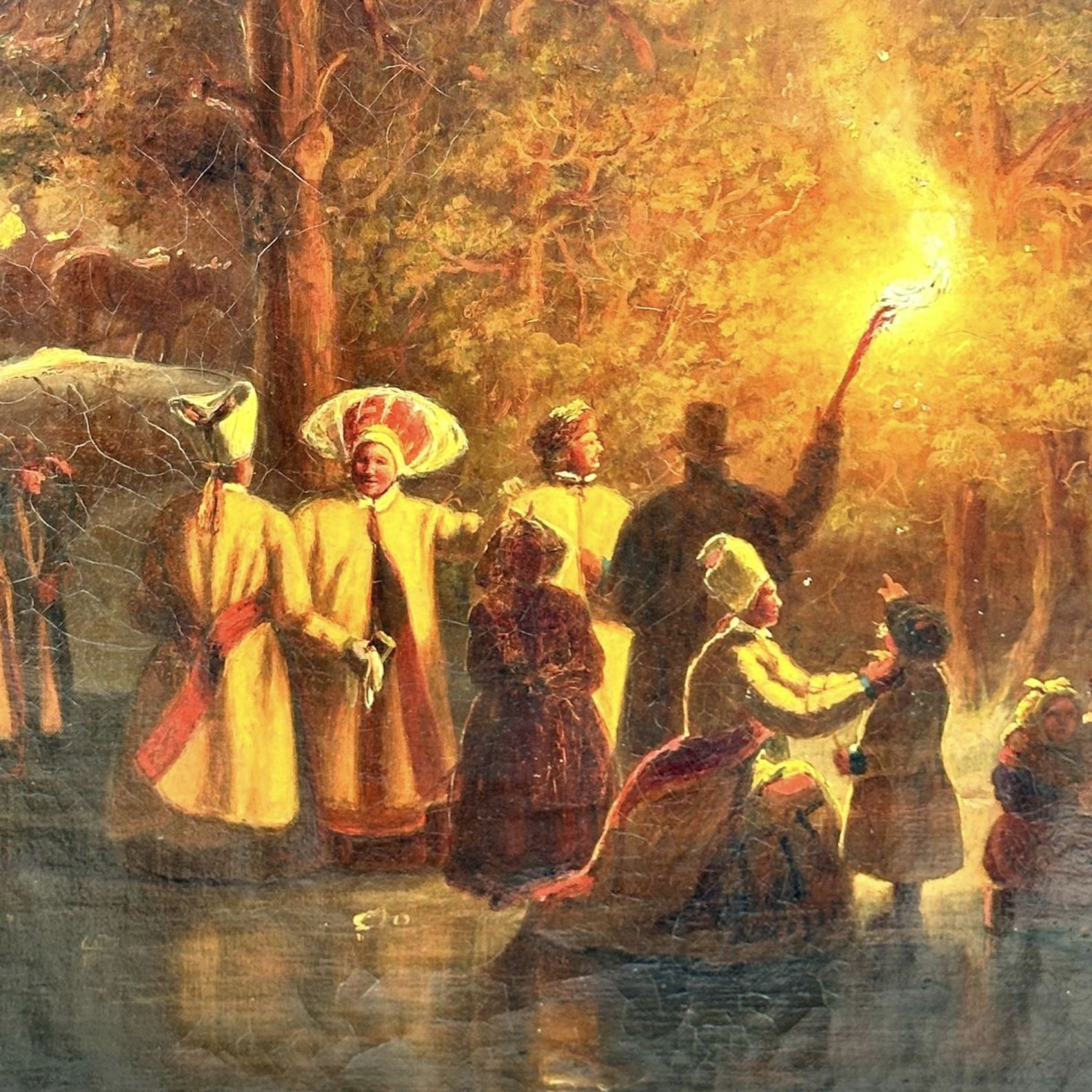
The success of Ernfried Wahlqvist's works at auction
Despite his short career, Wahlqvist 's talent and the exceptional quality of his work make him an essential draughtsman and painter of 20th-century Swedish realist art.
The auction market itself plays a role. It provides a competitive environment where collectors and art enthusiasts can vie for unique pieces. This can lead to overbidding and push up prices, contributing to the success of Wahlqvist's works.
Focus: Stockholm on the frozen lake, E. Wahlqvist
Wahlqvist's painting plunges the viewer into a wintry night scene, where the flickering torchlight creates a striking contrast with the vast, silent Nordic landscape.
The warmth of the flames illuminates the faces of the characters, who seem to vibrate with a unique vitality, while the darkness of the night intensifies around them.
The composition, inspired by the taste of Roubaud for historical and popular scenes, evokes a dynamic, lively atmosphere, where each figure, in motion, enlivens the tranquility of the icy backdrop.
In the background, the moon makes its way through the clouds, offering a cold glow that envelops the painting in a palpable mystery. A church looms in the distance, reminding us of the reassuring presence of tradition in this wintry landscape.
The essential interplay of light and shadow is reminiscent of the art of chiaroscuro, which Wahlqvist masters brilliantly to create a mood that is both intimate and enigmatic.
Like WestchiloffWahlqvist enlivens the scene with a subtle use of light, as a group of colorful characters gather around a warm hearth, their features illuminated by the flames.
In the distance, the church and the silhouettes blend into the icy atmosphere, accentuating the solitude inherent in these landscapes, in the manner of Stoiloffwhere man often seems small in the face of nature's grandeur.
Wahlqvist, through his ability to capture the raw beauty of the Nordic winter, manages to marry this coldness with the warmth of human interaction, revealing a poetry of movement within the icy immobility that characterizes the painting.
Recognizing the artist's signature
Ernfried Wahlqvist doesn't always sign his works. Here's an example of his signature on the work above.

Know the value of a work by Ernfried Wahlqvist
If you happen to own one of Ernfried Wahlqvist's works, don't hesitate to ask for a free estimate using the form on our website.
A member of our team of experts and certified auctioneers will contact you promptly to provide you with an estimate of the market value of your piece, as well as any relevant information about it.
If you want to sell your property, our specialists will also help you find alternatives to sell it at the best possible price, taking into account market trends.
Response in less than 24h
Related topics
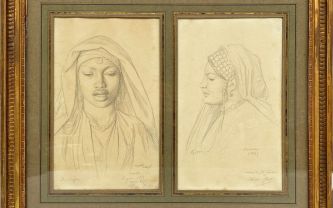
Value and quotation of works by Jean Léon Gérôme: paintings,...
Jean Léon Gérôme, a 19th-century painter and sculptor, is one of the most renowned artists of the Second Empire. His works are highly prized.
Read more >
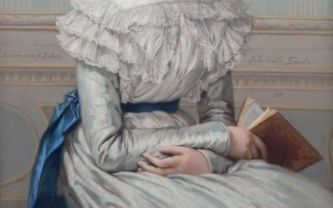
Rating and value of works, drawings, paintings by Jules Émil...
Jules Émile Saintin is a realized painter of the 19th century who produced drawings and oils on canvas that are valued at auction.
Read more >
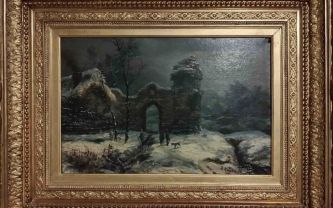
Rating and value of paintings, oil on canvas, paintings by...
Benjamin Netter was a 19th-century landscape painter who produced oil-on-canvas paintings that were highly regarded and sought-after at auction.
Read more >
Secure site, anonymity preserved
State-approved auctioneer and expert
Free, certified estimates
